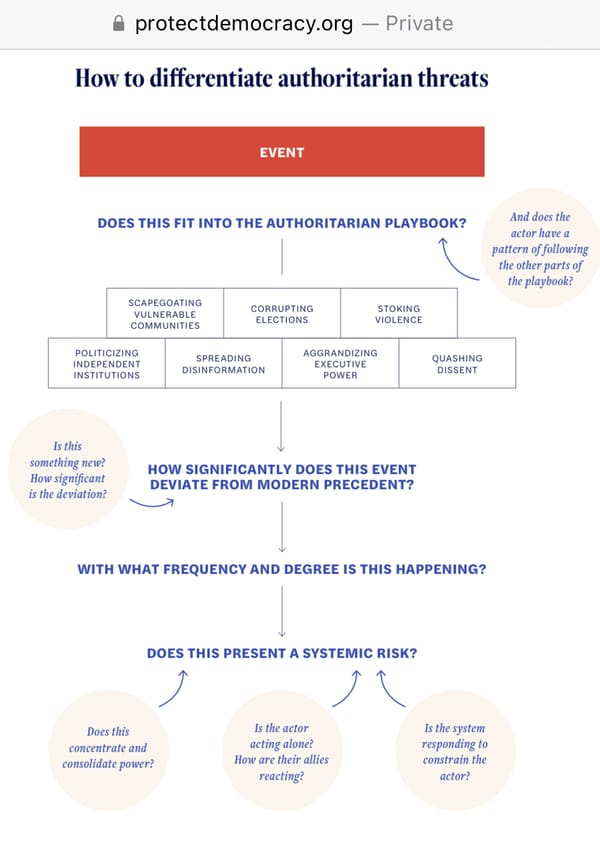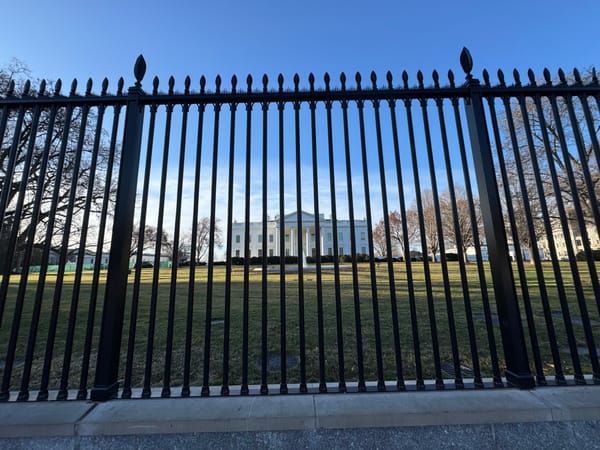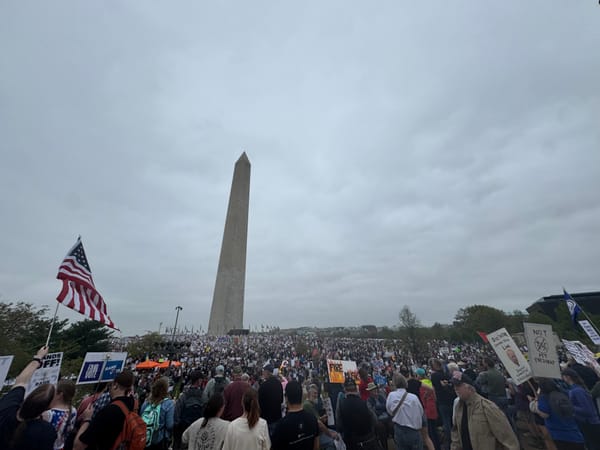What I got wrong about our future-present, plus predictions for 2025
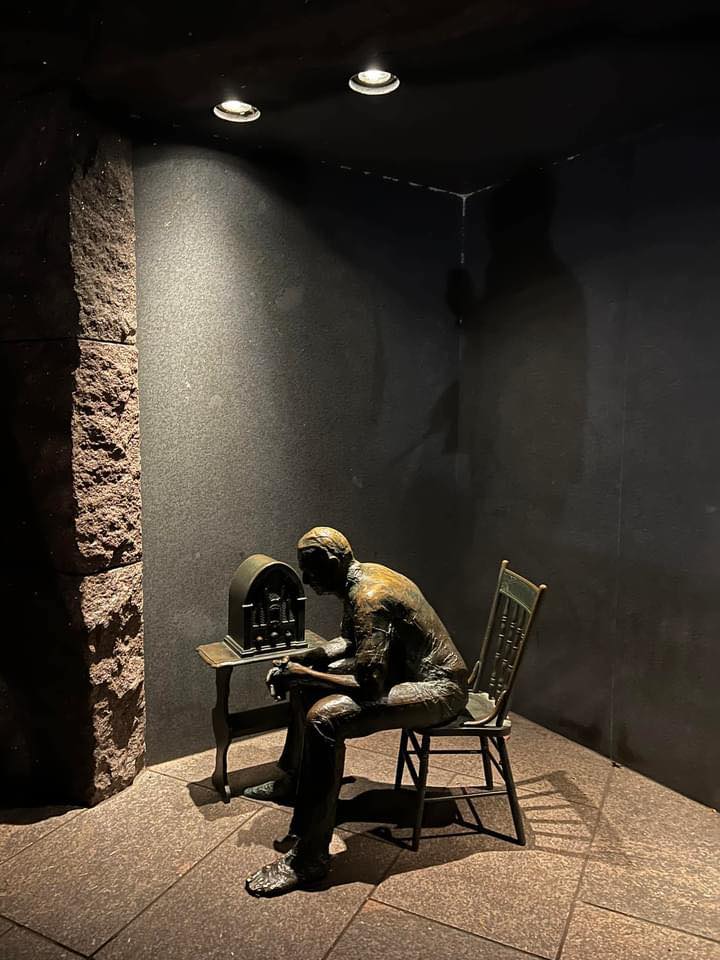
Good morning from Washington, where I can confirm sock puppies are far better than social media sock puppets. Thanks to everyone who has subscribed to Civic Texts this past year since our soft launch in the spring. Your support, questions, and sharing have all been enormously humbling as we all prepare to say goodbye to 2024. Please keep them coming in the new year.

Today, I’m thinking about predictive validity, a phrase my uncle added to my personal and professional lexicon over a decade ago.
How often are someone’s predictions valid? How many times did they turn out to be absurdly off? Casey Newton’s predictions for 2025 and accountability for what he got wrong in 2024 is a canonical example of the form.
I love to be right, but the times I’ve been wrong have been enormously healthy for my ego and subsequent humility.
I’m inspired in part by Semafor’s roundup of media figures they deem notable opining on what they got wrong, although it’s awkwardly framed around corrections instead of predictions and inaccurate analysis. Parker Malloy is not a fan of this format or ritual, for reasons you can read, There’s also some weird PR for Meta in there.( More on that in a moment.)
Maxwell Tani is correct on this count, though: “Reputable outlets get most of their facts right, and correct fast when they’re wrong. In fact, one way you can tell a reputable American news media outlet from an untrustworthy one is who admits they’re wrong, and corrects.”
That’s how I’ve approached formal journalism, public interest advocacy, and public accountability on social media for close to two decades now, including here. I believe it builds and keeps trust to do so. (Even more so: doing the work to avoid mistakes!)
I’ve taken corrections from Julian Assange eaten crow about a promising relaunch of Healthcare.gov that over-focused on the front-end, and retracted any number of tweets with regret for the error.
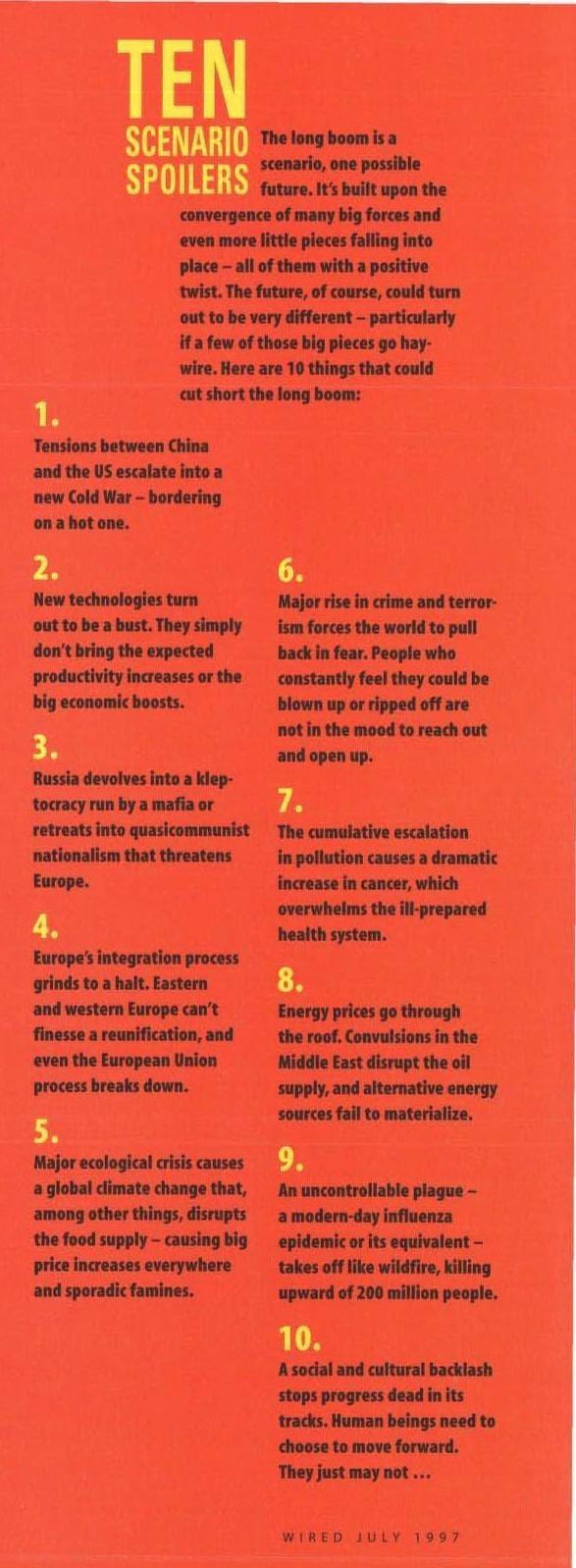
I’m also inspired by Wired’s history of the future from the end of the 1990s, which is a little eerie now.
This publication is too young to go back to what I predicted about 2024, much less 1997, so I’ll split the difference and go back to 2010.
That year, I gave an Ignite talk focused on pattern recognition and “spime watch.” You can watch it on YouTube, if you’re so inclined, and hear me speak quickly to cram a lot into 5 minutes.
My presentation is still up on Slideshare, which helps keep score better. How’d I do?
Yes, our future-present is mobile. Pew estimates ~98% of American adults have smartphones, & billions more around the world have them.
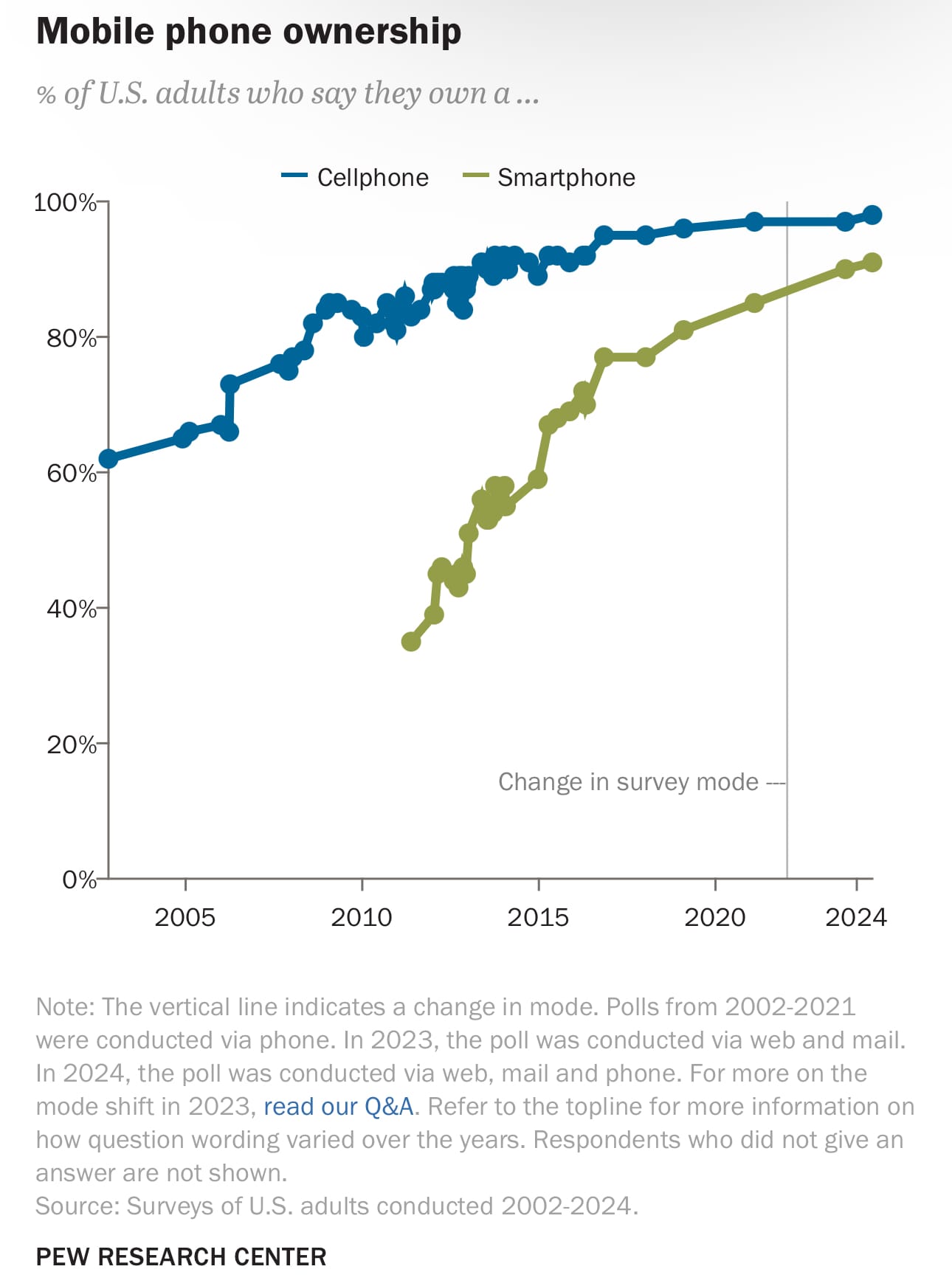
Yes, people have kept moving to huge cities. Urbanization continues. The pandemic did drive some changes for folks who could afford to move and who are able to work remotely, but that didn’t shift a global megatrend.
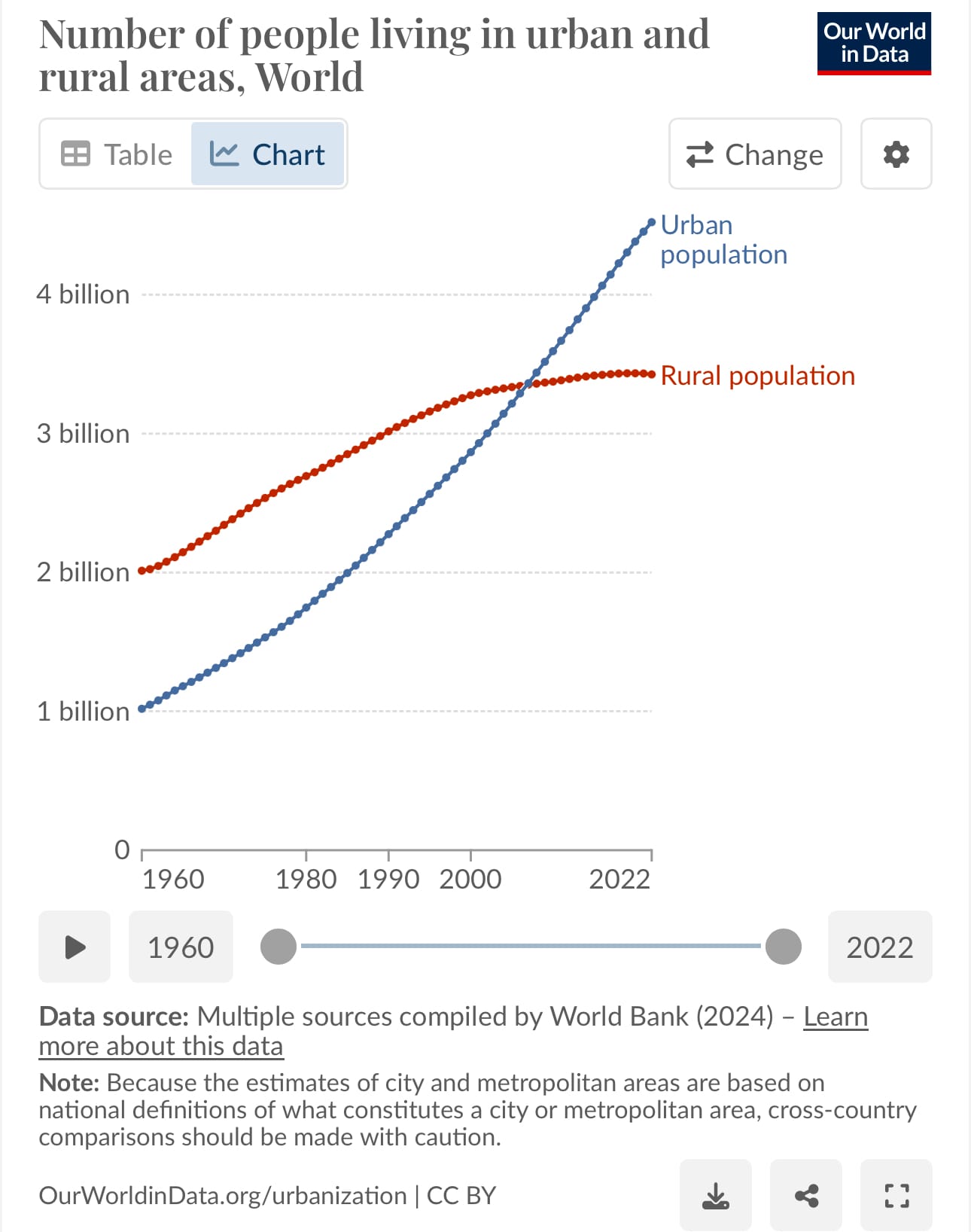
Yes, we are commuting better using mobility data. Anyone who uses Google Maps or Waze or Apple Maps or transit systems knows how collective data is enabling us to make decisions about where and when we travel. During the height of the pandemic, mobility data showed us how people different regions did or didn’t adjust their behaviors.
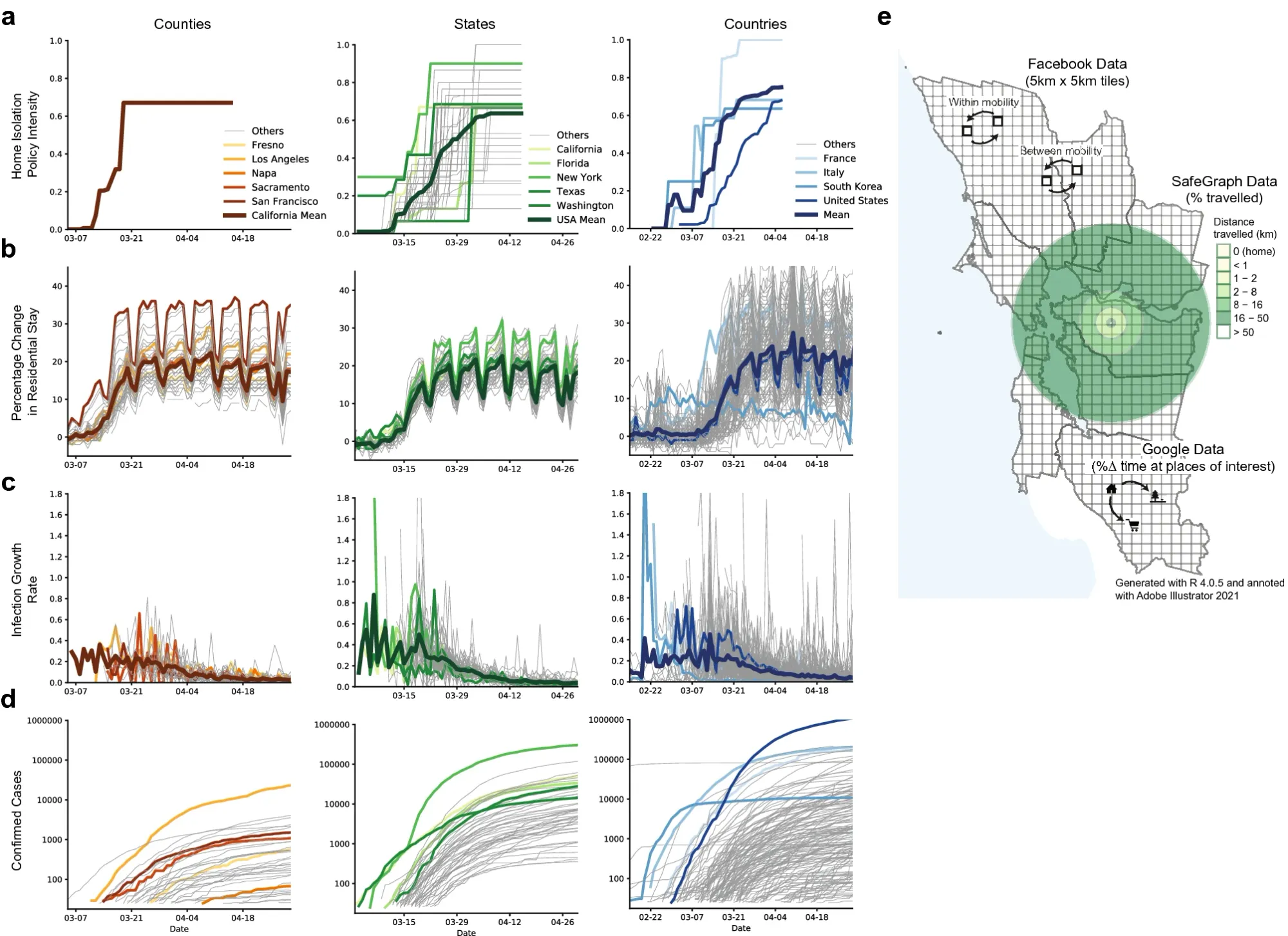
No, we are not seeing augmented streets in late 2024. Heck, we were seeing augmented reality meet art, culture, commerce, and more by 2021. But it’s not something built into streets to be seen by helmets and windshields quite yet, for good reason. Stay tuned: this one is still emerging.
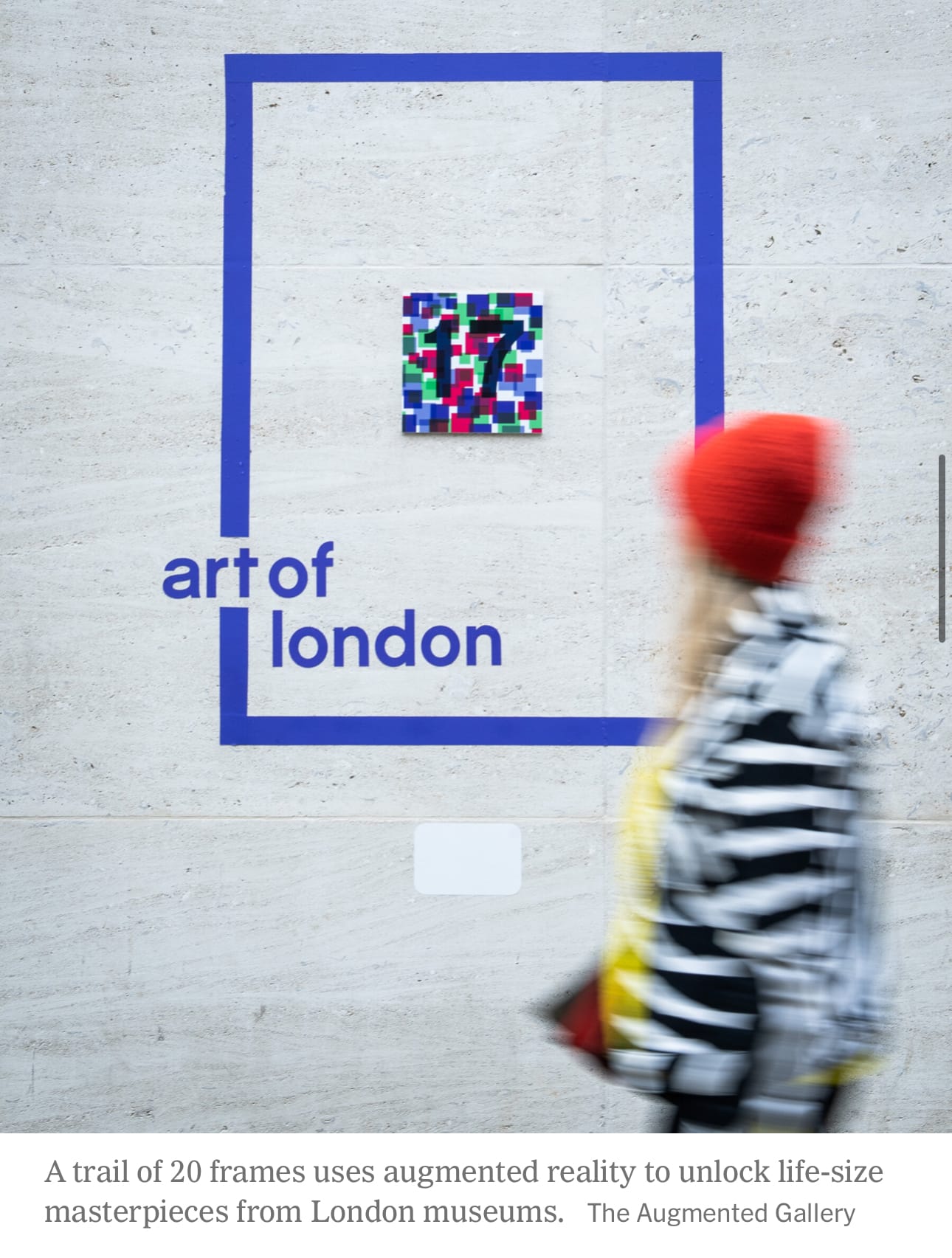
Yes, augmented reality is here, along with Apple’s take on it, “spatial computing“ on the Vision Pro smart goggles. Watch this space in 2025: it’s going to get more fun, more useful, and more weird.
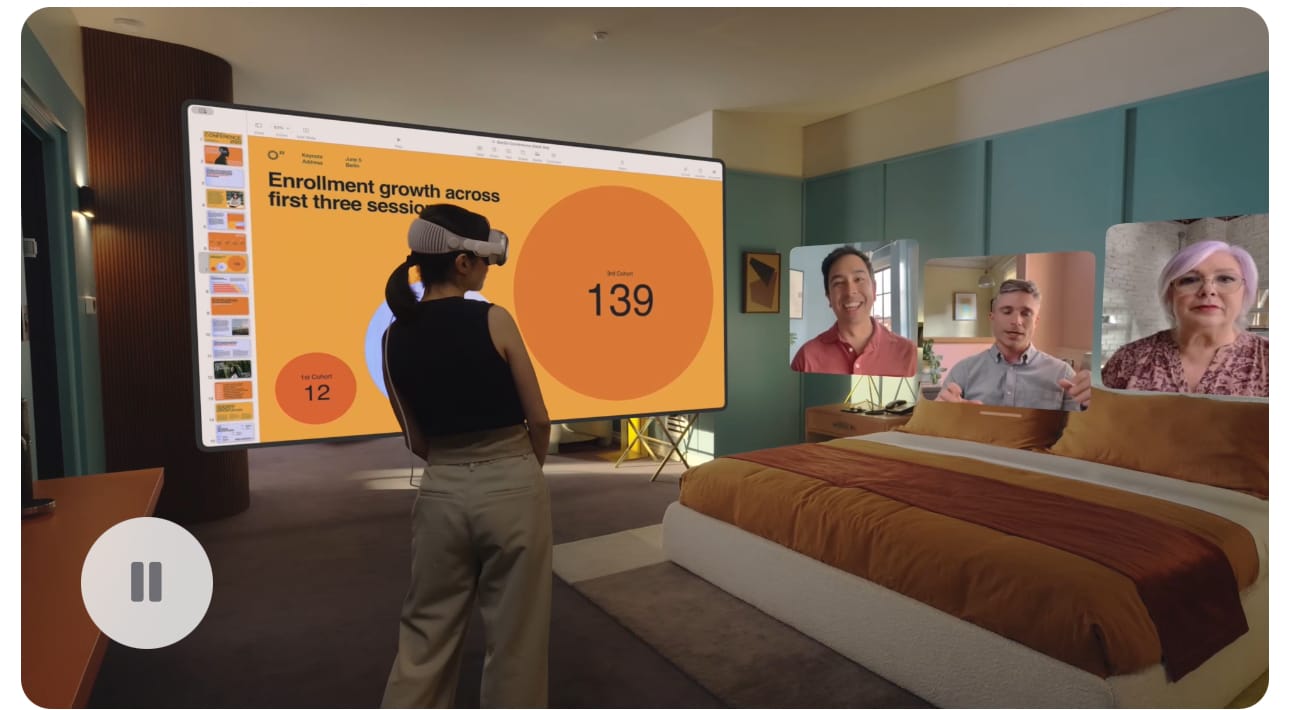
No, pervasive connectivity is not here for everyone – yet. Wireless broadband now reaches more of earth than ever before. Satellite Internet access reaches where it doesn’t. WiFi is everywhere in cities. But digital divides persist around cost and literacy globally and domestically here in the United States. Many people who can afford to be connected all the time are, for both good and ill.
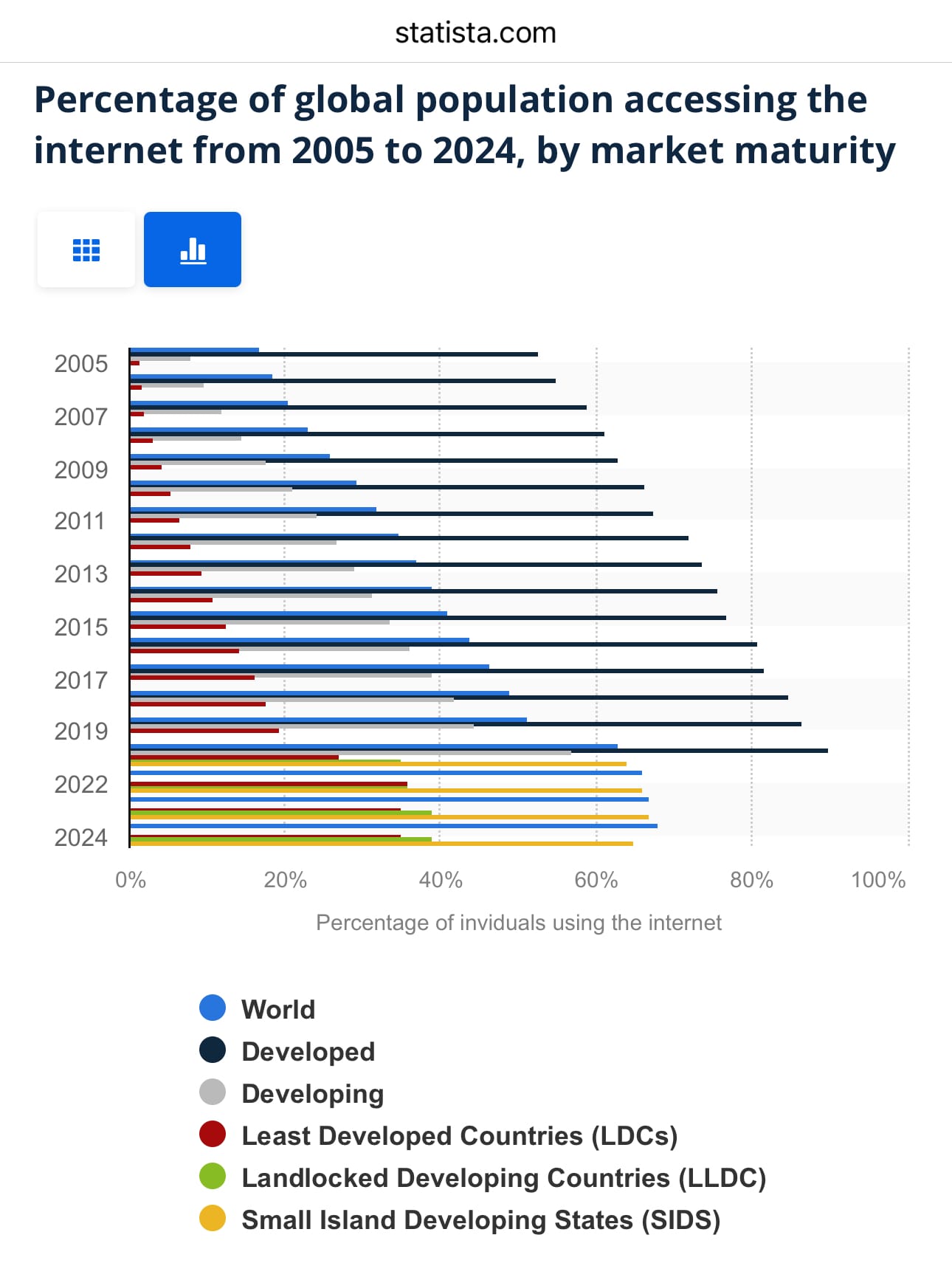
Yes, smarter cycling is here. E-bikes are mainstream, urban bikeshares are expanding, and cycling infrastructure is slowly improving, including maps that including safer routes.
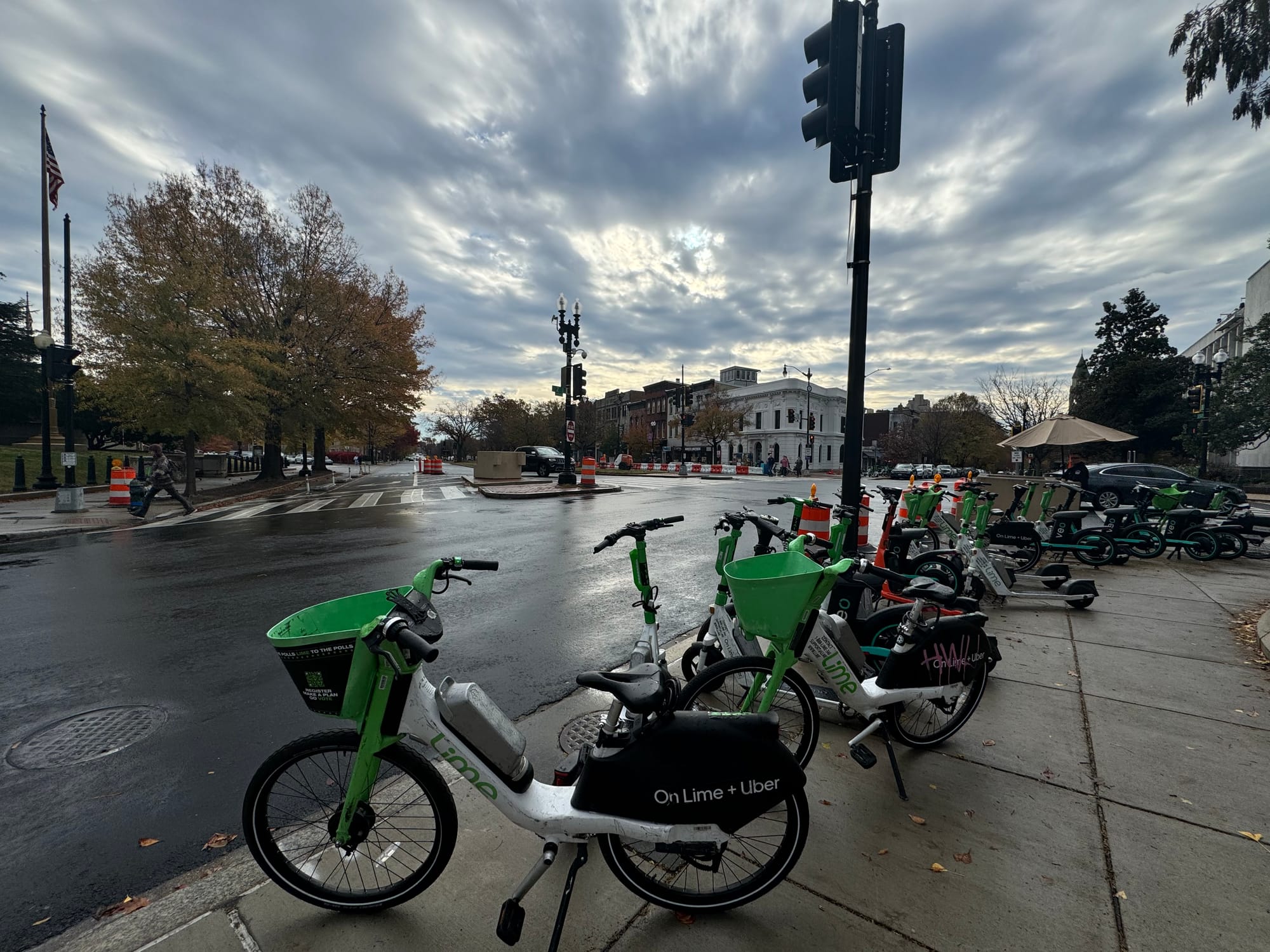
Yes, “spime” is everywhere and nowhere. Internet-connected objects are popping up everywhere: just look for smart-anything.
But we all aren’t living in a future where everything is connected yet, just one where AirTags exist.
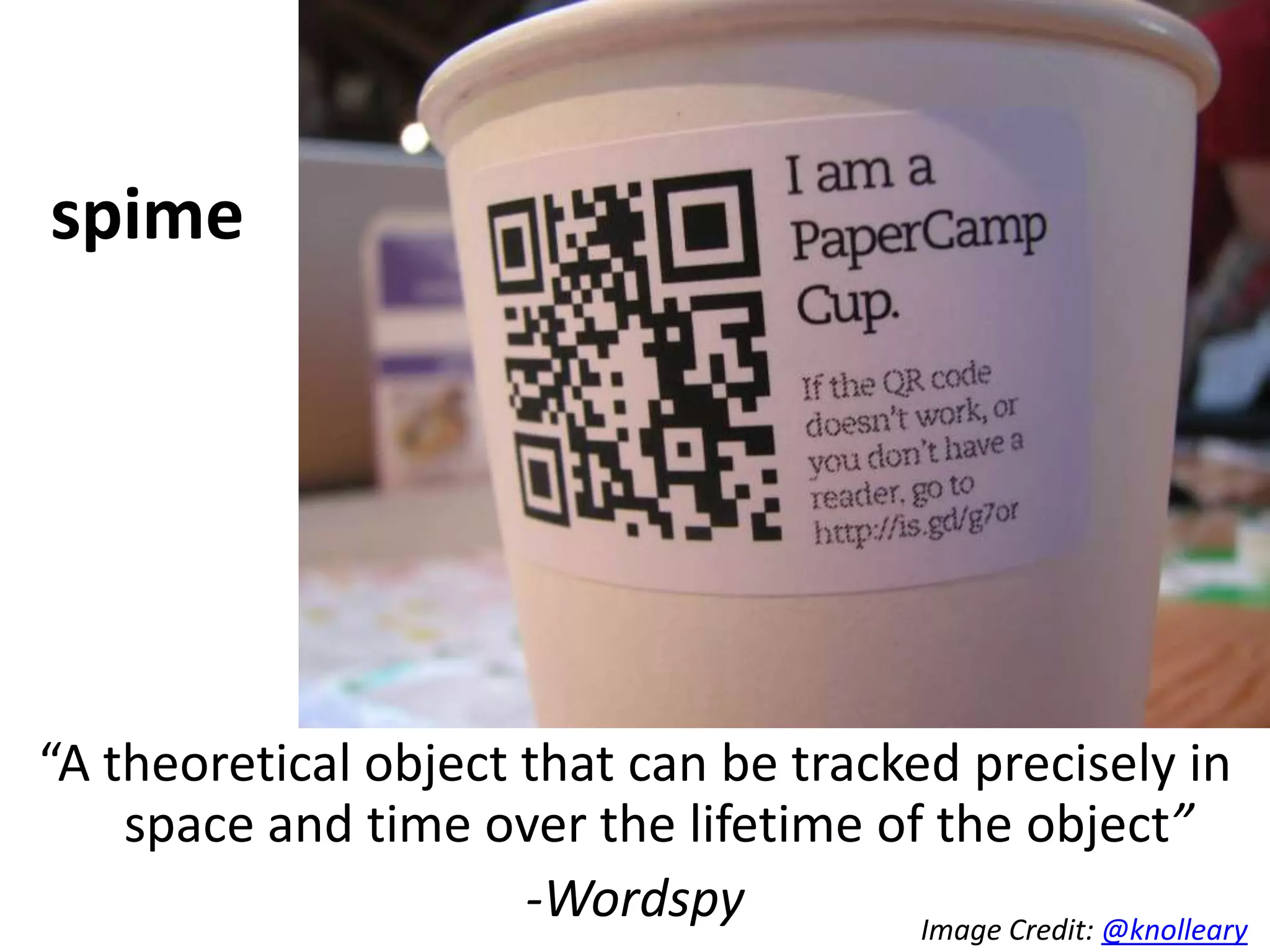
Yes, “cities of spime” are here, albeit for agencies and companies that track the movement or operations of connected objects.
The corporations and consultants that sell infrastructure and services call them “smart cities.” Good luck evading the surveillance state when sensors, cameras, and your smart objects all track your location and activities over time.
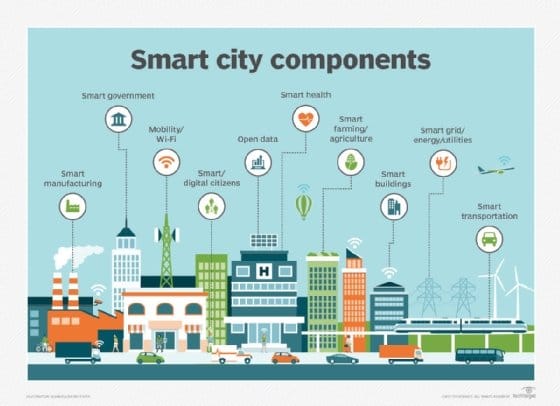
Yes, QR codes are mainstream. I remember how dubious people were in 2010 about 2D barcodes, but now billions of people have learned to focus our smartphones on these matrices to order good, reserve vehicles, access websites, and more.
“Ambient findability” is better, and worse. I can use Google Lens to identify plants and animals or do reverse image search, but search results are clogged with AI summaries and poor results. On the plus side, I can see where my keys are now.
Yes, digital memories are now part of estates and childhoods. Meta enables us to designate stewards for our Facebook & Instagram accounts if we die, who can memorialize them & manage testimonials. LinkedIn does, too. Pinterest, YouTube, Snapchat, Tumblr, Reddit, & X do not — but all could, & should.
No, we do not have next-generation visual web browsers on a card, but we do have far better smartphones and can explore websites using smartglasses. I’m calling it a draw.
Yes, we have better social software. Thank you, Bluesky, Mastodon, and everyone working on an open social web across the Fediverse. Jeers to the walled gardens throttling hyperlinks.
Yes, we have far better apps to audit data. Data journalism tools keep getting better and better, which is in turn changing what’s possible to present, like this award-winning analysis from Bloomberg.
No, we don’t have “solar clouds” yet. But the cost of solar panels keeps going down.
Yes, there has been explosion of digital platforms for open government. It’s a shame that open government itself is in under such threat aroud the world.
Yes, there are more digital platforms for people to self-organize.
While the bloom is long since off the rose for utopian visions of the future, billions of humans are growing up with unprecedented access to information and one another. We will continue to see unexpected uses of emergent technologies for the rest of our lives, coupled with authoritarian crackdowns where ever people organizing threatens power.
In sum: I’m pleased with my predictive validity from 2010. I welcome your thoughts on what key trends I missed, or what you thought would happen that did not.
2024 was far more of a mixed bag, in terms of my output here.
We saw accountability for corruptionin the Senate, but not the White House. Winter is here. Trust in government is in dire condition in the USA, for good reason. It will get worse unless we see a historic correction, but that may take over a decade given the structural realities of the electoral system in the United States. What lies ahead here and abroad remains to be seen.
What I know: The future often arrives earlier or lands differ than we expect. 5 years ago today, a municipal commission identified a cluster of pneumonia cases in Wuhan, China that were caused by a novel coronavirus. Today, I’m seeing increasing alarm about bird flu. We aren’t ready for another pandemic, much less a more virulent pathogen.

2025 could be the year smartglasses go mainstream.

Mark Zuckerberg wants to make them happen, certainly. While Google Glass was ahead of its time when I tried them, I mostly agree with him: smartglasses will be one of the most important categories of consumer & professional electronics this decade. Meta’s glasses are still missing a killer app.
2025 will start with chaos in DC if the House fails to elect a Speaker this Friday, with cascading impacts through certification of the vote and the beginning of the second Trump administration.
We’ll know the accuracy of this prediction quickly, but I’m not convinced that a secret transition operating out of a private club in Florida is going to be ready on Day One to do more than flood the zone with executive orders. Historic inexperience and unfitness in the cabinet could mean that our government won’t be ready for what lies ahead.
The ongoing lack of national security coordination and transition will mean increased risk in the event of pandemic or expanding conflict in the Middle East, Southeast Asia, or Europe — much less a black swan event like a major earthquake or volcanic eruption. Make sure to be ready: be prepared, make a plan, build resilience.
American democracy will prove to be more resilient than we might expect because of how our systems of governance have been built.
While every government and cultural institution failed to constrain Trump’s corruption or hold him accountable, the rule of law will hold for everyone other than the immunized president. We will see unpresidented corruption, kakistocracy, and oligarchy along the Potomac, but our experiment in liberal democracy will endure past this administration in some form, battered and resilient against autocracy and corruption.
There will be major breakthroughs in medicine, from cancer vaccines to genetic therapies to rapid development of countermeasures for avian flu. We may see mortality from malaria finally decrease. We may see huge improvements to public health because of new classes or drugs.
For now, keep calm, and carry on.
I’ll see you in the new year with more civic texts.
Thank you for listening.

